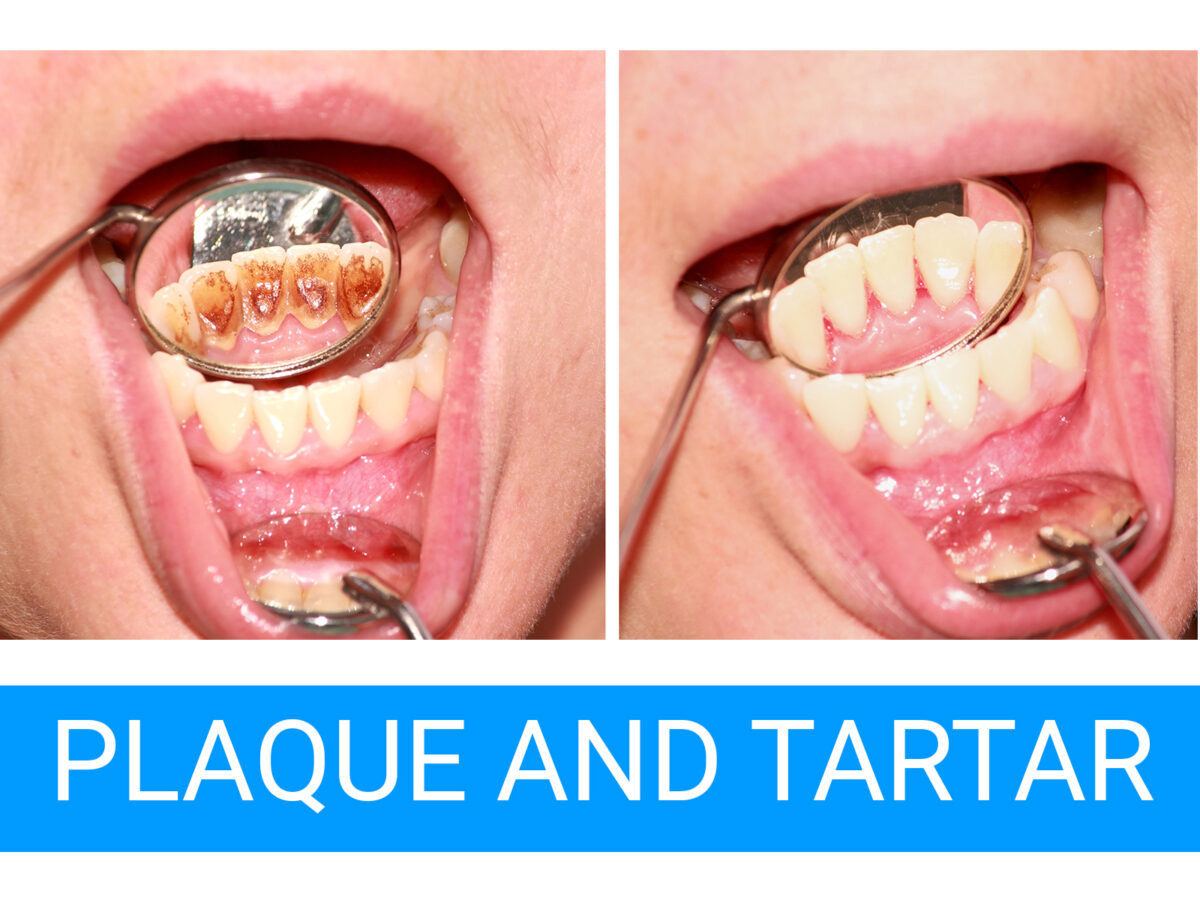Blog
Dental hygiene tips for healthy teeth & gums

What is the white stuff on my teeth?
Have you ever noticed a fuzzy white layer on your teeth, especially in the morning before brushing? That sticky coating is the dental plaque that is a biofilm of microbes, especially bacteria and fungi that thrive on the habitable ecosystem of the mouth. Dental plaque is colorless and thus appears white. But, when plaque accumulates for a more extended period, it hardens to form tartar with a pale yellowish or brownish tint. It is noteworthy to mention that dental plaque comprises varied types of bacteria such as leukocytes, neutrophils, lymphocytes, etc., and they are a part of the natural composition of our mouth. 80-90 percent of the dental plaque’s content is water, followed by dry weight of bacteria that accounts for 70 percent of the weight.
Causes of Dental Plaque
Dental plaque is formed when the mouth’s bacteria mix with sugars, starch, and other food products that we consume. After that, the bacteria secrete acids that break down the carbohydrates in foods and drinks. After some time, bacteria, acids, and carbohydrates combine to form a sticky, ostensibly white layer called plaque. It is essential to highlight that plaque on its own is not harmful. But, the accumulation and hardening of plaque can be lethal for our dental health. Dental plaque usually collects between teeth gaps, behind the teeth, in front of the teeth, chewing surfaces, or below the gumline. Chronic bad breath and gums that are always swollen and red are typical symptoms of plaque accumulation. Thus, it is imperative to brush thoroughly to remove the boifilm and prohibit it from hardening. You can also utilize an electric toothbrush for better cleaning and reach; otherwise, inaccessible corners of your mouth.
Problems Associated with Dental Plaque
The most common problem associated with dental plaque is gingivitis. It is an inflammatory lesion that causes redness, puffiness, and bleeding of gums. Gingivitis is a reversible condition as it can be removed easily by dentists. But, if left untreated, gingivitis may progress into a severe oral complication known as periodontitis. It is essential to point out that gingivitis is a precautionary condition to avert thee graver periodontitis.
Periodontitis is an infection of gum that leads to bone destruction around the teeth in the jaw. The problem of periodontitis can be solved by religiously following a strict oral hygiene regimen, professional cleaning, and a surgical process debridement done by dentists. In addition to being a nuisance, periodontitis is also related to other diseases in the human body. Because of the onset of periodontitis, the accumulated bacteria may get access to other distant parts of the body via the circulatory and respiratory mechanisms.
Another oral condition that is related to dental plaque is dental caries. It is an infectious disease marked by acid demineralization of the enamel, which wears down the enamel.
The problems related to dental plaque are better prevented than treated. Thus, maintaining an immaculate oral hygiene routine that encapsulates brushing, flossing and mouthwash is the optimal way to keep any dental issues at bay.
Book ApWhat is the white stuff on my teeth?pointment to find out which treatment might be best for you.


